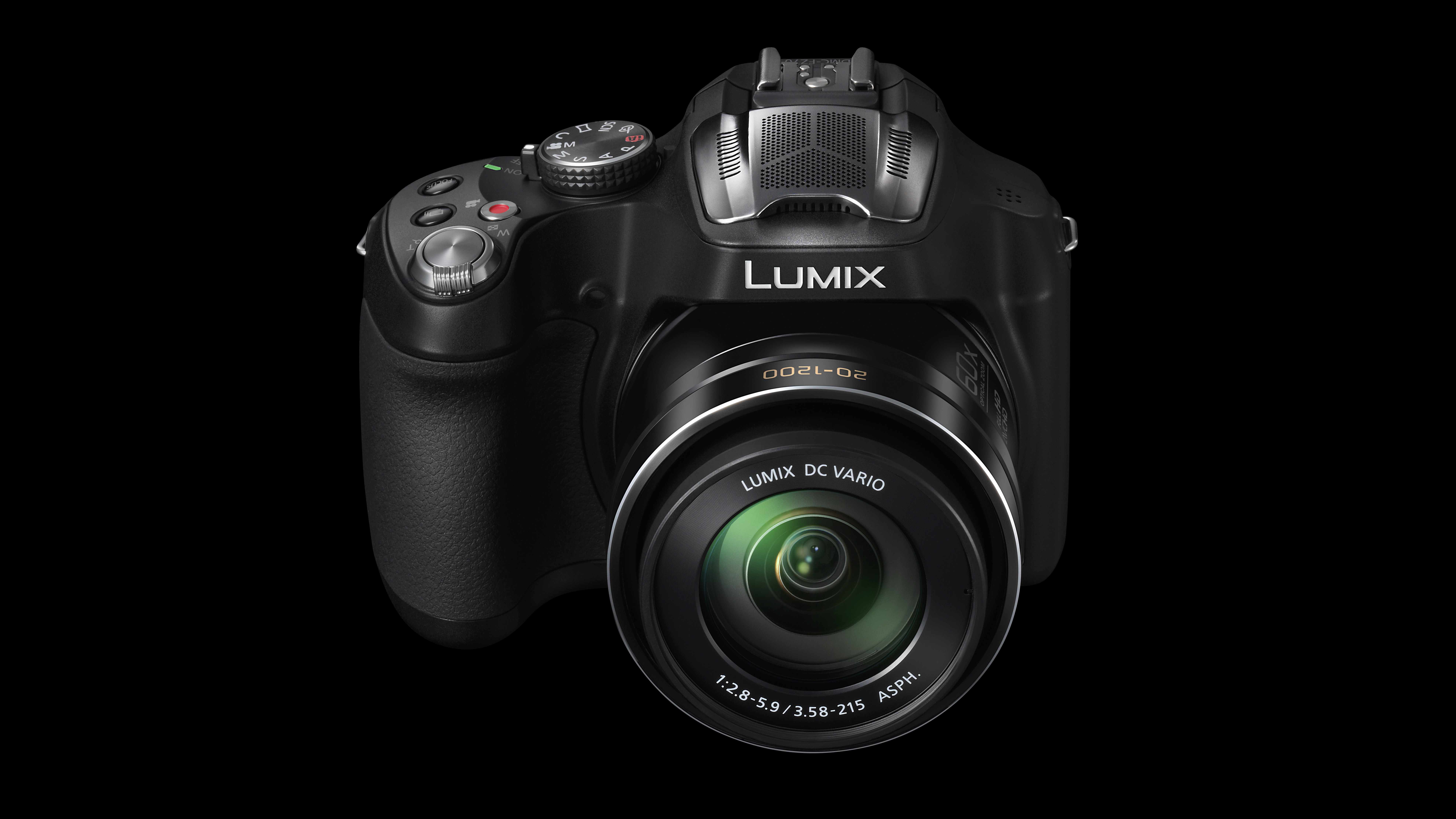TechRadar Verdict
Pros
- +
60x zoom
- +
Raw format shooting
- +
Full manual control
Cons
- -
No Wi-Fi
- -
No touchscreen
- -
Low resolution, small EVF
Why you can trust TechRadar
The bridge camera market is one that is continuing to perform well, amid a general downturn in compact camera sales.
Bridge cameras fall into the compact camera area of the market, not because of their small overall size (far from it), but because of their relatively small sensor.
The FZ72's 16.1 million pixel High Sensitivity MOS sensor is 1/2.3 inches, the same size as found in many (premium compact) cameras. What makes bridge cameras such as the FZ72 stand out is of course their huge zoom ranges. The FZ72 takes that principle to the extreme, with its 60x zoom range making it the longest available on the market.
Other cameras in this area of the market, such as the Canon SX50 HS and Sony HX300 offer 50x optical zooms, which are pretty impressive but are left somewhat in the shade by the 20-1200mm equivalent the FZ72 is capable of. What's also impressive is the wide angle of 20mm, with most cameras like this offering 24 or 28mm starting point, perhaps giving the FZ72 the edge for landscape photographers.

At its widest point, the FZ72 offers the appealing f/2.8 maximum aperture, matching the Sony HX300, but beating the Canon HS50 which is only capable of f/3.5 at the widest point. The FZ72 has a slightly wider maximum aperture at its full 1200mm, offering f/5.9, compared with the Sony's f/6.3 and Canon's f/6.5.
Panasonic also has an FZ200, which features an f/2.8 constant aperture, but with only a 24x optical zoom ratio – that's worth a look if the idea of the maximum aperture appeals to you more than a long zoom ratio.
Intelligent Zoom and Intelligent Resolution are included to boost that 60x zoom even further up to an equivalent of 120x. A separate tele conversion lens is also available to boost the optics of the lens up to 102x.
Sign up for breaking news, reviews, opinion, top tech deals, and more.
Aimed at enthusiast photographers, the FZ72 is capable of shooting in raw format and has full manual control along with semi-automatic modes such as aperture priority and shutter priority. There are also digital filters, such as Expressive, Retro, Dynamic Monochrome and so on that you can choose from. Panoramic mode is also included.
Round the back
On the back of the camera is a three-inch LCD screen with approximately 460k dots, but Panasonic has decided not to make this fixed position device touch-sensitive. There is also an electronic viewfinder, which is 0.2 inches in size and 202k dots.
As you might expect, full HD video recording is available in 60i, 50i and 25p. A hotshoe is also included for adding accessories such as external flashguns, though an inbuilt flash is also included.
As of October 2013, the FZ72 is available at a price which is a touch more expensive than its nearest rivals, the Canon SX50 HS and the Sony HX300, but not enough to take it out of contention.
All of these cameras are available for around the same price as some beginner DSLRs such as the Nikon D3200 or Canon EOS 1100D. Although those cameras have much larger sensors, you'd need to shell out a hell of a lot of cash to get the same kind of zoom range from a DSLR lens, so this is aimed primarily at traveling photographers and those who want maximum flexibility without having to carry around heavy and expensive equipment.

Amy has been writing about cameras, photography and associated tech since 2009. Amy was once part of the photography testing team for Future Publishing working across TechRadar, Digital Camera, PhotoPlus, N Photo and Photography Week. For her photography, she has won awards and has been exhibited. She often partakes in unusual projects - including one intense year where she used a different camera every single day. Amy is currently the Features Editor at Amateur Photographer magazine, and in her increasingly little spare time works across a number of high-profile publications including Wired, Stuff, Digital Camera World, Expert Reviews, and just a little off-tangent, PetsRadar.
